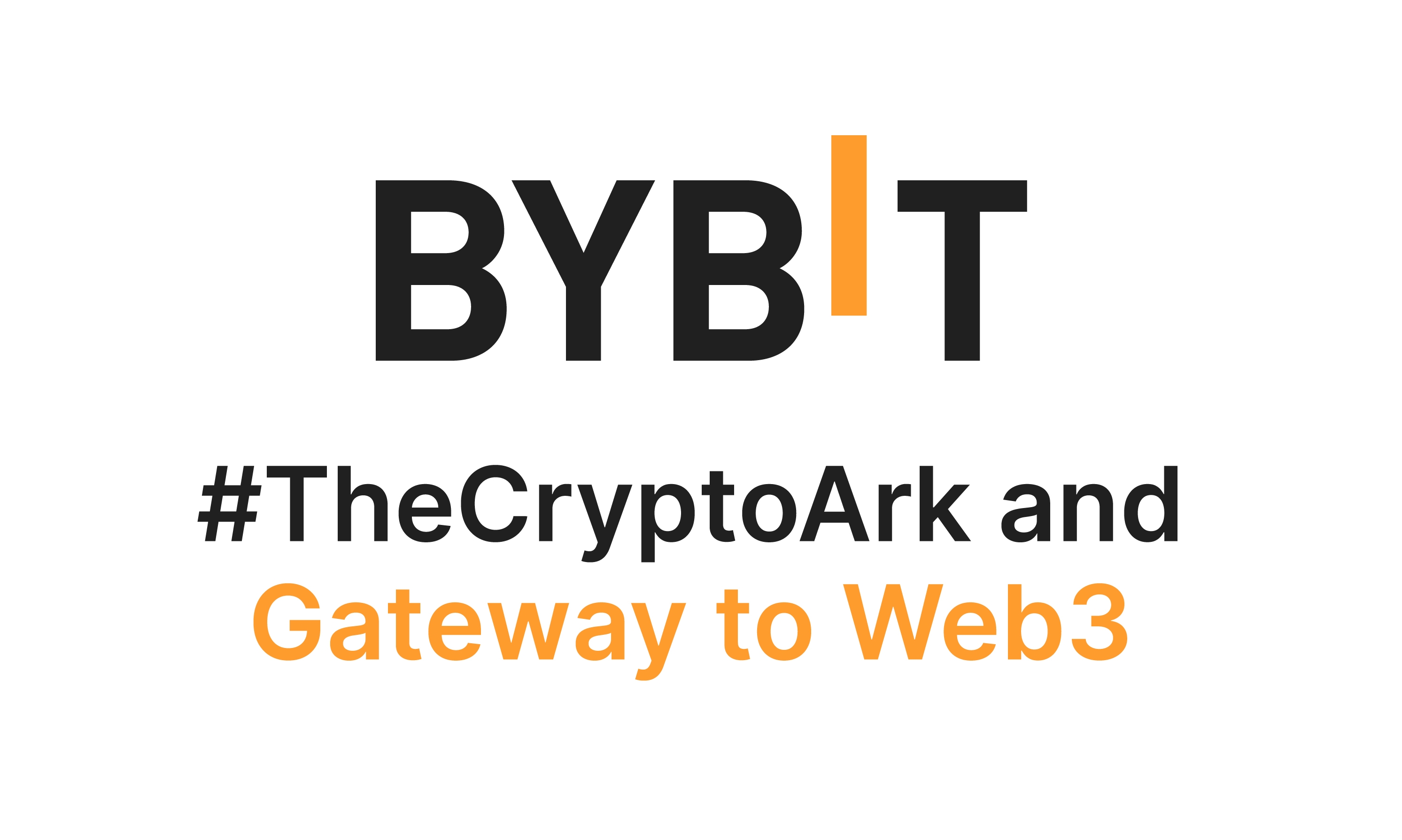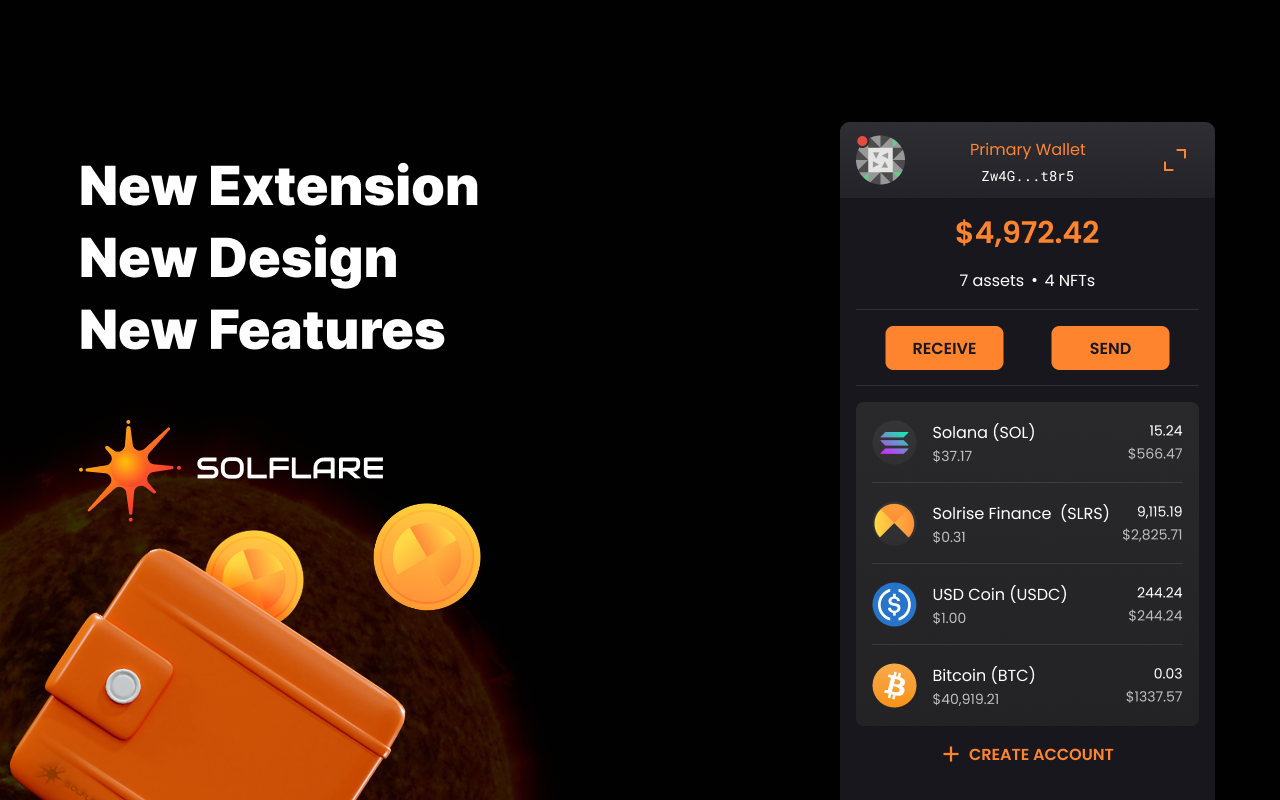So, I was messing around with Bitcoin wallets the other day, trying to wrap my head around how token minting is evolving on the Bitcoin network. Wow! It’s not as straightforward as Ethereum’s ERC-20 tokens, that’s for sure. I mean, Bitcoin has always been a bit of a stubborn old-timer in the crypto world, favoring security and stability over flashy features. But then along came Ordinals and BRC-20 tokens, shaking things up in a way that caught me off guard.
Here’s the thing: minting tokens on Bitcoin isn’t just about slapping a token on a chain. It’s deeply tied to how wallets handle these new assets, and that’s where it gets really interesting. Initially, I thought any Bitcoin wallet would do the job, but nope. You need something that’s built with these new standards in mind—something like the unisat wallet. Seriously, it’s become my go-to for managing crypto assets that aren’t your typical BTC or satoshis.
At first glance, you might wonder why Bitcoin needed a new token standard at all. After all, it’s the OG of cryptocurrencies, right? But then, when you dig deeper, it’s clear that Ordinals bring a fresh layer of functionality by allowing data to be inscribed directly onto individual satoshis. This opens the door for creating entirely new digital assets on Bitcoin itself, without compromising its core principles.
Something felt off about earlier wallet solutions that tried to support these tokens—they often felt clunky or half-baked. My instinct said there had to be a better way for users to mint, hold, and trade these novel assets seamlessly. This is where the unisat wallet really shines; it’s built specifically with Ordinals and BRC-20 tokens in mind, providing a smoother experience compared to traditional Bitcoin wallets that just don’t get it.
Really, the biggest hurdle here is user experience. Bitcoin’s architecture wasn’t designed for complex token operations, so wallets have to bridge that gap carefully without breaking the security or simplicity that Bitcoin users expect. It’s a delicate balance, and one that the unisat wallet manages to pull off quite well.

Why Token Minting on Bitcoin Feels Different
Okay, so check this out—token minting on Bitcoin pushes the boundaries of what we traditionally think of as Bitcoin transactions. Instead of just sending BTC from one address to another, we’re now dealing with inscribing data onto satoshis, which in turn represent these new crypto assets. Honestly, it took me a minute to wrap my head around how this fundamentally changes the way wallets must operate.
On one hand, these tokens bring exciting new use cases—think collectibles, gaming items, or even new financial instruments—right on Bitcoin’s secure base layer. Though actually, it’s not all roses; the process can get quite complicated under the hood, especially since Bitcoin wasn’t built with smart contracts like Ethereum. This means minting tokens involves careful orchestration of transaction inputs and outputs, often relying on novel protocols like BRC-20.
One of the things that bugs me, though, is how fragmented the ecosystem still feels. Sure, you can mint tokens with some specialized tools, but without a wallet that fully supports these standards, your assets might as well be invisible. That’s why I keep coming back to the unisat wallet—it’s the rare tool that actually understands this new paradigm and makes it accessible for everyday users.
My experience with unisat wallet taught me that having a dedicated interface for managing Ordinals and BRC-20 tokens drastically reduces the friction. Instead of wrestling with raw transaction data or command-line scripts, you get a clean UI that feels surprisingly intuitive, even if you’re not a hardcore Bitcoin nerd.
Hmm… another thing I realized is that these wallets also have to stay on top of Bitcoin’s mempool dynamics and fee structures, which can be volatile. Token minting transactions sometimes require more nuanced fee management because they bundle more complex data. The unisat wallet’s fee estimation and transaction crafting are pretty smart about this, which saves you from overpaying or getting stuck in limbo.
Personal Take: The Future of Bitcoin-Based Crypto Assets
I’ll be honest—at first, I was skeptical that Bitcoin could evolve beyond just being digital gold. But now, with these innovations around Ordinals and BRC-20 tokens, a new chapter seems to be unfolding. The fact that you can mint, hold, and transfer such assets with wallets like the unisat wallet hints at a future where Bitcoin isn’t just a store of value but a platform for diverse digital assets.
But, and this is a big but, scalability and user education remain massive hurdles. The average Bitcoin user probably doesn’t even know about these token standards yet. And honestly, some of the tooling still feels very experimental, sometimes buggy, and very much in flux. I wonder how long it will take for this to become mainstream—or if it ever will.
Still, there’s something thrilling about being part of this early wave. It’s like the Wild West of crypto all over again, but with Bitcoin at the frontier instead of Ethereum. And with wallets like unisat stepping up, the barriers to entry are lower than ever. It reminds me of the early days when I first started dabbling in crypto wallets—there was this rush of discovery mixed with a pinch of confusion.
Oh, and by the way, if you’re curious and want to dabble yourself, definitely check out the unisat wallet. It’s not perfect, but it’s probably the most user-friendly way to get into Bitcoin-native token minting right now. Just be prepared for some bumps along the way—this space is still evolving fast, and that means the tools and standards are too.
Something else I’m chewing on: how will regulators view these new Bitcoin-based tokens? Since they’re not built on Ethereum or other smart contract platforms, the legal and compliance landscape might look different. It’s not something I’ve fully unpacked yet, but it’s definitely on my radar.
Wrapping My Head Around It All
So, to circle back, minting crypto assets on Bitcoin is a fascinating development that challenges some long-held assumptions about the network. The interplay between new token standards like Ordinals and BRC-20, and specialized wallets such as the unisat wallet, is what’s making this possible. It’s messy, exciting, and definitely worth watching.
At the end of the day, I’m left with a mix of excitement and caution. The technology is promising, but it’s also very much a work in progress. Just like early Ethereum days—maybe even more so, given Bitcoin’s conservative design philosophy.
Anyway, if you’re into Bitcoin and curious about expanding beyond simple BTC holdings, diving into token minting through wallets tailored for this purpose might just open new doors. Or at least, open some interesting conversations.






